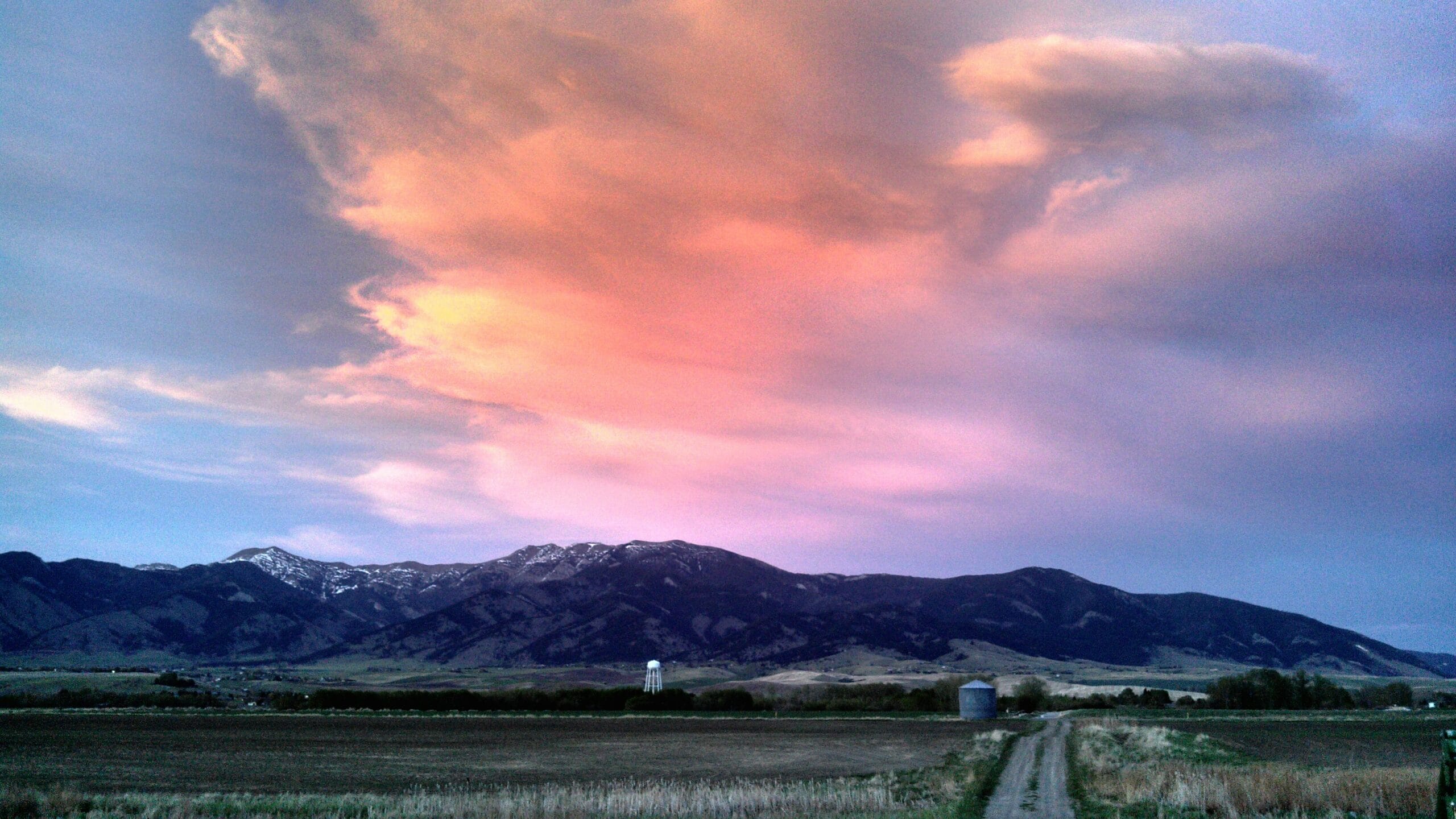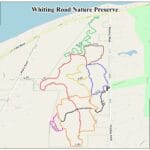Living the High Life in Bozeman: How Altitude Shapes the Experience
Imagine a city set against a backdrop of majestic peaks, where the air is crisp, the views are breathtaking, and adventure is always calling. That’s Bozeman, Montana, a city that lives and breathes at an elevation of 4,820 feet above sea level. But Bozeman’s altitude is more than just a number – it’s a defining characteristic that shapes everything from the climate and the great outdoors to the city’s unique culture.
A City of Contrasts: From Valley Floors to Mountain Tops
Bozeman sits in a valley, but it’s anything but flat. Elevations range dramatically, from the relatively lower valley floor to the heights of the Bridger Bowl Ski Area, peaking at a dizzying 8,136 feet. This variation creates a fascinating mosaic of microclimates and ecosystems, each with its own unique flora and fauna.
Adjusting to the Altitude: What to Expect When You Arrive
Stepping off the plane in Bozeman, you might notice the thinner air right away. It’s perfectly normal to feel a little short of breath, especially if you’re arriving from lower elevations. Your body will adapt over time, but it’s important to take it easy during those first few days. Don’t be surprised if a simple walk requires a few extra breaths!
And speaking of adjustments, even cooking times can be affected by altitude. Water boils at a lower temperature in thinner air, so you might need to make a few tweaks in the kitchen. But hey, that’s all part of the Bozeman experience!
Embracing the Great Outdoors: Altitude and Adventure in Bozeman
For outdoor enthusiasts, Bozeman is a dream come true, but it’s important to be mindful of the altitude. Whether you’re an experienced hiker tackling a challenging mountain trail or a leisurely biker exploring valley paths, remember that the thinner air can sneak up on you.
Always listen to your body, pace yourself, and stay hydrated. And don’t forget the sunscreen – that high-altitude sun is stronger than you might think!
More Than Just a Pretty View: How Altitude Shapes Bozeman’s Character
There’s a certain magic in the air in Bozeman, a vibrant energy that seems to stem from its stunning surroundings. The city is a hub for artists, musicians, and outdoor enthusiasts, all drawn to the area’s natural beauty and adventurous spirit.
Local chefs incorporate fresh, locally-sourced ingredients into their dishes, reflecting the region’s unique flavors. And with an abundance of hiking trails, ski slopes, and rivers teeming with trout, it’s no wonder Bozeman has become synonymous with an active, outdoor lifestyle.
Altitude and Health: Finding Balance in the Mountains
Living at a higher altitude can have both positive and negative effects on health. Some people find that their cardiovascular health improves, while others, especially those with existing respiratory conditions, may need to take extra precautions.
Regular check-ups with your doctor are always a good idea, but they’re especially important when transitioning to a higher-altitude environment.
Protecting Our Mountain Paradise: Climate Change and Bozeman’s Future
As much as we cherish Bozeman’s mountain landscape, it’s crucial to acknowledge the potential impact of climate change. The delicate balance of this ecosystem and the future of its beloved outdoor activities depend on responsible stewardship.
By supporting sustainable practices and being mindful of our environmental footprint, we can help protect this incredible place for generations to come.
Is Bozeman Considered High Altitude?
Decoding the Numbers: Understanding Elevation Classifications
So, we know Bozeman is perched high in the mountains, but does its elevation officially qualify it as “high altitude?” The answer, in a word, is yes.
Most experts agree that elevations above 4,900 feet (1,500 meters) fall into this category due to the physiological effects of thinner air on the human body. And at 4,820 feet (1,470 meters) above sea level, Bozeman sits just below that threshold. To put it in perspective, that’s even higher than Denver, Colorado, often called the “Mile High City.”
Altitude Sickness: What It Is and How to Be Prepared
As you ascend to higher altitudes, the air pressure decreases, resulting in thinner air with less available oxygen. This can lead to altitude sickness, a common condition with symptoms like headaches, fatigue, shortness of breath, dizziness, and nausea.
While most cases are mild and tend to subside within a few days as your body acclimatizes, it’s important to be aware of the risks and take precautions, especially if you’re arriving from a significantly lower elevation.
Tips for Preventing Altitude Sickness:
- Ascend Gradually: If possible, spend a couple of days at a lower altitude before heading higher.
- Stay Hydrated: Drink plenty of water to help your body acclimatize.
- Avoid Alcohol and Caffeine: These substances can dehydrate you and worsen symptoms.
- Eat a Balanced Diet: Focus on foods rich in carbohydrates, as your body needs more energy at higher altitudes.
- Listen to Your Body: Rest when you need to, and don’t push yourself too hard, especially during the first few days.
Altitude’s Impact on Daily Life in Bozeman
Bozeman’s altitude isn’t just a number – it’s woven into the fabric of daily life. The thinner air affects everything from cooking times (remember, water boils at a lower temperature!) to the types of plants that thrive in gardens.
But perhaps most importantly, it shapes the region’s identity. Bozeman residents are known for their love of the outdoors, their adventurous spirit, and their appreciation for the stunning mountain landscape that surrounds them.
Is Bozeman the Fastest Growing City in the US?
From Boomtown to Bustling City: Understanding Bozeman’s Growth
Bozeman has experienced remarkable growth in recent years, earning it a spot on numerous “fastest-growing” lists. The influx of new residents is fueled by a combination of factors, including a thriving economy, a high quality of life, and, of course, its enviable location in the heart of Big Sky Country.
Growth and Its Challenges: Maintaining Balance in a Changing City
While growth brings economic opportunities and cultural vibrancy, it also presents challenges. Bozeman is grappling with a shortage of affordable housing, increased traffic congestion, and pressure on its infrastructure.
The city is actively working to address these challenges and find sustainable solutions that preserve Bozeman’s unique character and quality of life.
The Future of Growth: What Lies Ahead for Bozeman?
Whether Bozeman retains its title as the fastest-growing city or not, one thing is certain: This vibrant mountain town is evolving. Balancing controlled growth with the preservation of its natural beauty and small-town charm will be key to ensuring a bright future for Bozeman.
What City in Montana Has the Highest Elevation?
Reaching New Heights: Unveiling Montana’s Highest Incorporated City
While Bozeman boasts an impressive elevation, the title of Montana’s highest incorporated city belongs to Cooke City. Nestled at an awe-inspiring altitude of over 7,600 feet amid the towering peaks of the Absaroka and Beartooth Mountains, Cooke City is a true mountain paradise.
Cooke City: A Gateway to Adventure and Natural Wonders
This remote town, with a population of less than 100 permanent residents, is a haven for outdoor enthusiasts. Located just a stone’s throw from the northeast entrance to Yellowstone National Park, Cooke City offers unparalleled access to pristine wilderness, world-class fly-fishing, and breathtaking scenery.
Exploring Elevation in Montana: A Tale of Two Cities
To truly understand the impact of elevation in Montana, let’s compare and contrast our two featured cities:
Cooke City:
- Elevation: Over 7,600 feet
- Location: Absaroka-Beartooth Wilderness, near Yellowstone National Park
- Character: Remote, rugged, and wild, with a focus on outdoor adventure.
- Challenges: Limited access during winter months due to heavy snowfall.
Bozeman:
- Elevation: 4,820 feet
- Location: Gallatin Valley, surrounded by the Bridger Mountains
- Character: Vibrant and growing, with a blend of outdoor recreation, arts and culture, and a thriving economy.
- Challenges: Managing rapid growth and its impact on housing, infrastructure, and the environment.
The Takeaway:
Both cities offer unique experiences shaped by their respective elevations. Cooke City provides a glimpse into life at Montana’s highest point, while Bozeman demonstrates how a city can thrive while embracing its mountainous surroundings.
- Crypto Quotes’ Red Flags: Avoid Costly Mistakes - June 30, 2025
- Unlock Inspirational Crypto Quotes: Future Predictions - June 30, 2025
- Famous Bitcoin Quotes: A Deep Dive into Crypto’s History - June 30, 2025
















